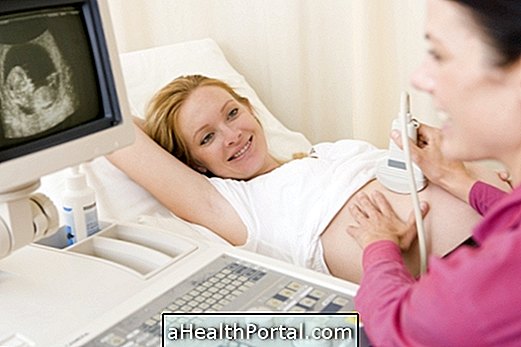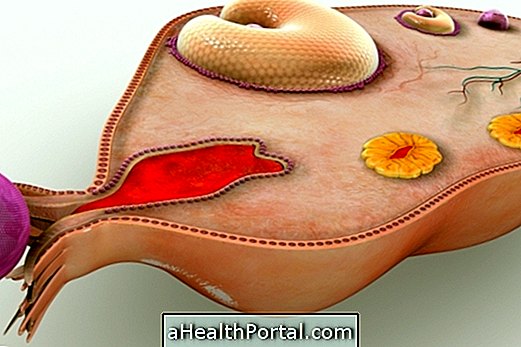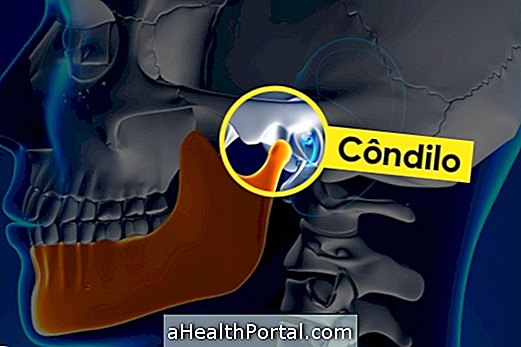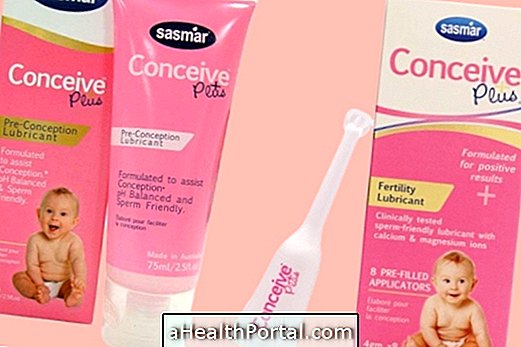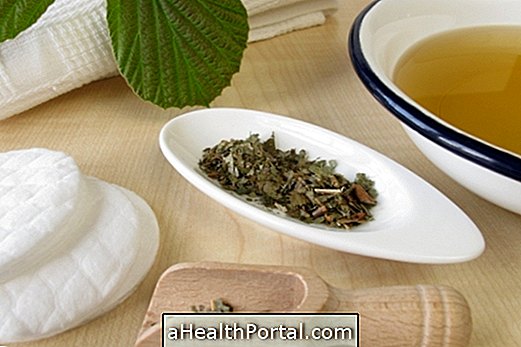The puerperium is the postpartum period that ranges from the day of the birth of the baby to the return of the woman's menstrual period, after the pregnancy, which can last 45 days, depending on how it is made from breastfeeding.
The puerperium is divided into three stages:
- Early puerperium: From the 1st to the 10th day postpartum
- Late puerperium: From the 11th to the 42nd day postpartum
- Remote puerperium: From the 43rd day after the birth
The puerperium is also known as a shelter or quarantine period, as it lasts about 40 days.
During the puerperium the woman undergoes many hormonal, physical and emotional changes. At this time she should have a kind of 'menstruation', which is actually an abundant bleeding that starts after childbirth and lasts for an average of 15 days and is gradually diminishing. Initially the blood is a living red in reasonable quantity and with the passage of the days, the quantity diminishes and its color goes darkening, arriving at a brown tone or yellowish until disappearing completely.

Necessary care during the puerperium
In the immediate puerperium it is important to get up and walk in the first few hours after giving birth to:
- Reduce the risk of thrombosis;
- Improve intestinal transit;
- Contribute to the well-being of women.
In addition, the woman should have an appointment with the obstetrician or gynecologist at 6 or 8 weeks postpartum to check if the uterus is healing properly and there is no infection.
What happens during the puerperium
1. Mamas
The breasts that during pregnancy were more malleable and without any discomfort, usually get stiffer because they are full of milk. If the woman can not breastfeed the doctor can indicate a medicine to dry the milk, and the baby will need to take infant formula, indicating the pediatrician.
- What to do: To relieve the discomfort of the full breast you can put a warm compress on the breasts and breastfeed every 3 hours or whenever the baby wants. Check out a complete breastfeeding guide for beginners.
2. Belly
The abdomen still remains swollen because the uterus is not yet at its normal size, which decreases every day, and becomes quite flaccid. Some women get a separation of the muscles of the abdominal wall, a situation called abdominal diastasis.
- What to do: Breastfeeding and using the abdominal brace help the uterus to return to its normal size, and doing the correct abdominal exercises helps strengthen the abdomen by fighting the sagging belly. Learn the best exercises to do after childbirth to get your belly hard again in this video:

3. Vaginal bleeding
The secretions of the uterus are coming out little by little, and so there is a menstruation-like bleeding that is called lóquidos, that is more intense in the first days but that diminishes every day, until disappearing completely.
- What to do: It is recommended to use a larger absorbent absorbent and greater absorption capacity, and always observe the odor and color of the blood, to quickly identify signs of infection such as: bad smell and bright red color for more than 4 days . If these symptoms are present you should go to the doctor as soon as possible.
4. Colic
When breastfeeding the baby it is normal for the woman to experience cramps or some abdominal discomfort due to the contractions that make the uterus return to its normal size. The uterus decreases about 1 cm per day, so this discomfort should last no more than 20 days.
- What to do: Putting a warm compress on the abdomen can bring more comfort while the woman breastfeeds. If it is bothering too much the woman can take the baby from the breast for a few minutes and then return to breastfeeding when the discomfort eases a little.
5. Intimate Discomfort
It occurs in women who had a normal episiotomy, being necessary to close with stitches. But every woman who went through childbirth has changes in her vagina, which also becomes more dilated and swollen in the first few days after giving birth.
- What to do: Wash the area with soap and water up to 3 times a day, do not shower before 1 month. Usually the area heals quickly and within 2 weeks the discomfort should disappear completely.
6. Urinary incontinence
It is normal in the postpartum period, especially if the woman had a normal birth, but it can also happen in those who have a cesarean section. It is the sudden urge to urinate, being difficult to totally control the pee, having losses of urine still in the panties.
- What to do: Doing Kegel exercises is a great way to control urine as normal. See how these exercises are performed against urinary incontinence.
7. Cesarean section scar
The cesarean section scar should be checked daily, the stitches are usually removed in 8 days and the woman can shower normally.
- What to do: Using an abdominal brace can help lessen the discomfort in the scar area. In addition, a healing ointment should be used 2 to 3 times a day to help make the scar as discreet as possible. In some cases, an accumulation of fluid may occur just below the scar that is the seroma, which needs to be removed with a syringe or drain placed by the nurse. Learn all about the seroma.
8. Menstruation
The return of menstruation depends on whether the woman breastfeeds or not. When you exclusively breastfeed menstruation you return in approximately 6 months, but you must use contraceptive methods to avoid becoming pregnant during this period. If the woman does not nurse menstruation she returns in about 1 or 2 months.
- What to do: Make sure the postpartum bleeding is normal and start using the contraceptive method when your doctor or nurse tells you to. The day the menses come back should be noted to tell the doctor at the next appointment. Learn when to worry about Postpartum Bleeding.
9. Contraceptive methods
The use of contraceptive methods should be discussed with the physician
- What to do: A woman may return to the birth control pill on the 15th day after the baby is born, or according to medical advice.
10. Sexual relationship
It is only recommended to have sex again, 40 days after the baby is born, when the uterus is already healed, the woman feels better and there is no risk of infection.
- What to do: Although there can be penetration, it is possible to maintain the intimacy of the couple during this period. Doing the same exercises that combat urinary incontinence also help improve libido and improve intimate contact.


